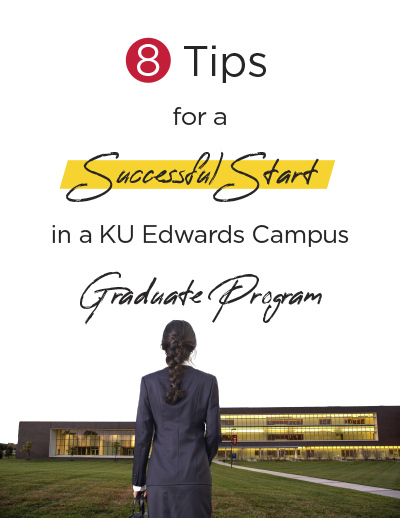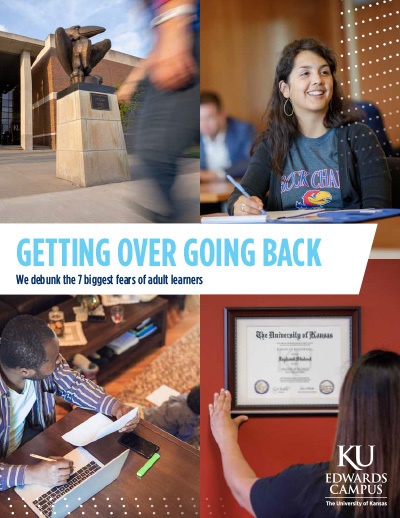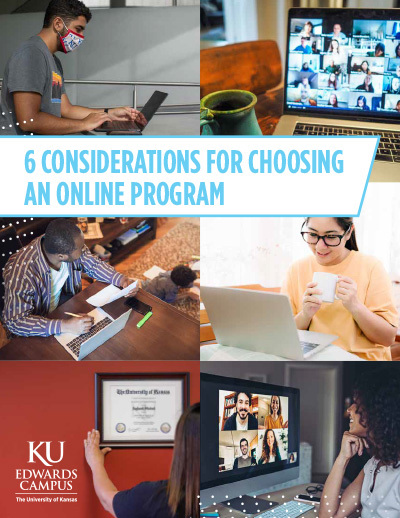Building a Winning Organizational Culture

“Customers will never love a company until the employees love it first.”
So sayeth Simon Sinek, marketing consultant and thought leader on organizational culture.
Most organizations talk about the strength and power of their company cultures. Many leaders – with strategy, intent, and mindfulness – work hard to shape their organizational cultures to be more responsive to the market, to maintain employee engagement and to foster community relationships.
However, most cultures in organizations “just happen.” They grow up organically and few people – from the C-Suite to the shop floor – really understand how to bolster them or to re-make them.
Organizational culture exists at three levels: in artifacts, in espoused values, and by underlying assumptions. A deep understanding of those three levels is necessary before lasting cultural changes can occur. Artifacts are easy. They are represented by such things as company logos, business cards, apparel and all sorts of branding icons. But values and assumptions are frequently invisible, like the iceberg under the surface of the sea. You have to dive down to examine them.
Culture is made up of “tribes” or workgroups who coalesce not around work projects, but around belief systems. According to Dave Logan, author of the ground-breaking book Tribal Leadership, there are three-to-five tribes in operation in every organization, making their own positive or negative imprints on culture.
Peter Drucker, the most famous business management guru of the past 50 years, once said: “Culture eats strategy for breakfast.” Organizations with strong positive cultures out-perform peer companies in the marketplace, their employee engagement and retention measures are superior, and they are perceived by the communities in which they operate as excellent citizens.
Organizations with strong positive cultures out-perform peer companies in the marketplace, their employee engagement and retention measures are superior, and they are perceived by the communities in which they operate as excellent citizens.
Learn more about successful organizational culture in "Building a Winning Culture," a one-day virtual workshop which examines culture tribes in-depth and aims to help participants understand which tribal stage your work units – and yourself – are in. This workshop also covers the Dunbar Number, a fascinating lens to view the optimal sizes of work units. Let’s just say 150 is a verrrrrrry important number.
Register for the upcoming "Building a Winning Culture" virtual workshop, which counts toward the KU Professional Leadership Certificate.
About the Author
Lee C. Stuart, D.B.A., is the leadership instructor at the KU Edwards Campus. He develops and delivers training on a variety of leadership, management and communications topics for working professionals. He combines years of experience as an executive in the for-profit and nonprofit sectors with the latest in scholarly thought on leadership.





